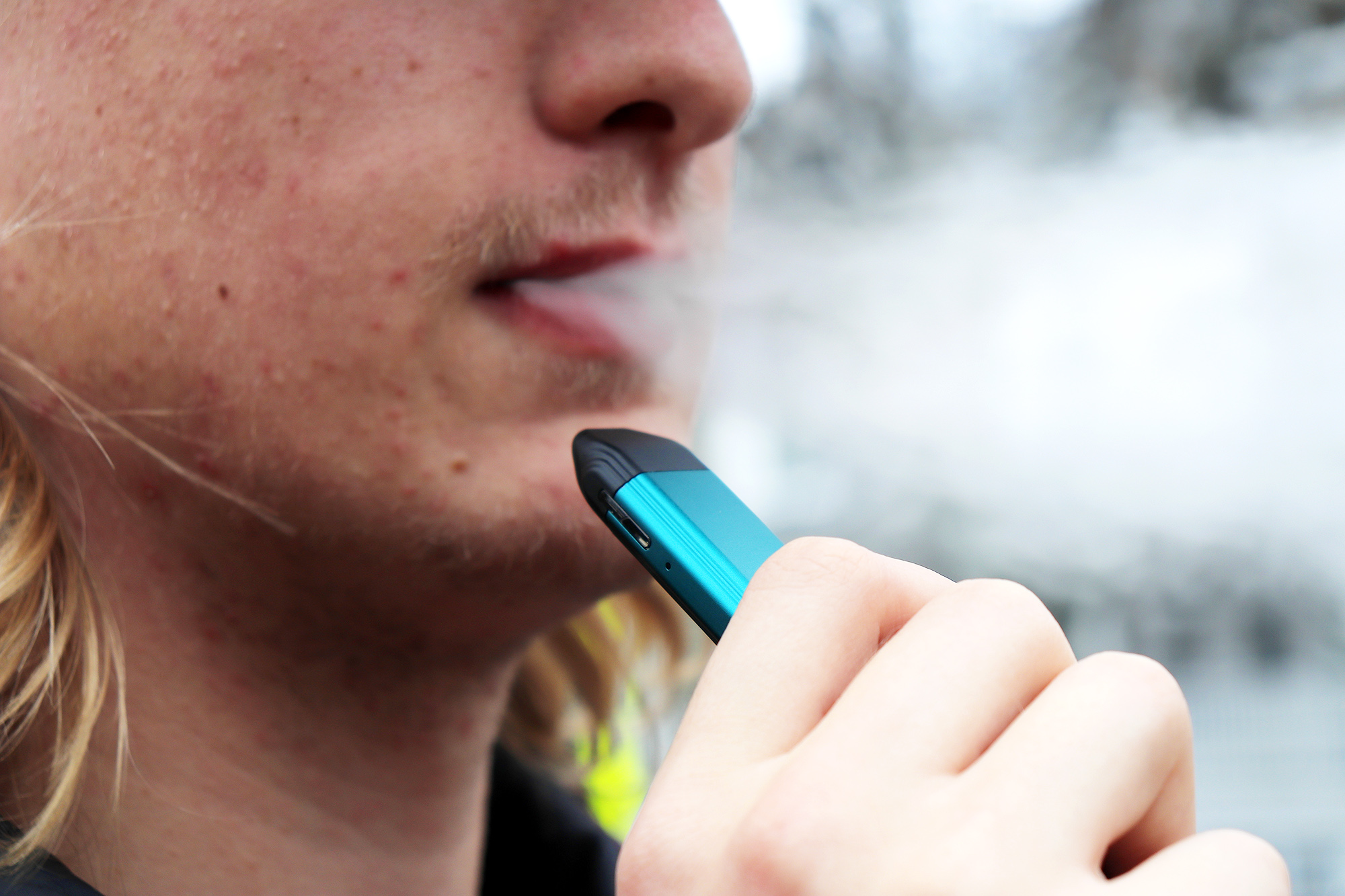Health
Anti-smoking groups say vape juice encourages nicotine addiction in youth
Groups want a ban on flavoured e-juice

caption
Researchers are worried that not enough is known about the possible effects of e-cigarettes.Health advocacy groups are calling attention to a vaping “epidemic” among young people in Nova Scotia and pointing to flavoured vape juice as a big problem.
The Canadian Cancer Society and Lung Association of Nova Scotia reminded the province’s health committee about the Tobacco Endgame movement Tuesday at Province House. The movement is a federal goal to decrease tobacco usage to less than five per cent by 2035 — a goal that now seems harder to achieve if no action is taken to decrease the use of e-cigarettes.
Kelly Cull of the Canadian Cancer Society said two decades ago, tobacco use among youth was at 30 per cent, and has since decreased substantially.
According to a 2019 Canadian study, the number of youth who reported vaping in the past 30 days increased by almost 54 per cent — from 8.4 to 14.6 per cent — in 2017 to 2018. The number of youth who had ever tried vaping increased from 29.3 to 37 per cent in that same period. Related stories
Cull said “aggressive marketing, youth-enticing flavours, innovative design and highly addictive levels of nicotine” are to blame for this “epidemic.”
“There is no justification for the thousands of flavours that could be available on the market today in Nova Scotia,” said Cull.
Cull said flavoured vape juice encourages a nicotine addiction and serves as a gateway to smoking.
Mohammed Al-Hamdani, director of health initiatives for the Lung Association of Nova Scotia, supports this claim.
“Vaping is related to smoking initiation,” he told the committee. “We’re talking about at least 20 per cent of e-cigarette smokers becoming smokers.”
Al-Hamdani said there is very little founded evidence supporting the effectiveness of e-cigarettes as a cessation strategy. He acknowledges a study published in the New England Journal of Medicine. It suggests 18 per cent of smokers quit tobacco after one year of vaping, as opposed to 10 per cent for nicotine-replacement products, like patches or gum.
But Al-Hamdani said it isn’t a reliable method and often leads to trading a tobacco addiction for another addiction.
“If you dig deeper, what you will find is that 80 per cent of those who quit using vaping or e-cigarette devices, continued to use e-cigarettes,” he said. “So, e-cigarettes sustain nicotine addiction.”
He also added that vape flavours are purely to increase appeal and serve no purpose to those who use vaping as a cessation strategy.
Smoke Free Nova Scotia surveyed 670 youths between the ages of 16 and 24 for a recent study. It found 96 per cent of youth who vape said they gravitate towards flavoured vape juice.
Based on this, Smoke Free Nova Scotia suggested that removing flavours could decrease the popularity of e-cigarettes. In the survey, 43.8 per cent of young adults said they would quit vaping if there were no flavours.
Al-Hamdani said the numbers “speak for themselves” and support the health advocacy groups’ call for a ban on flavoured e-juice.
He said unregulated dosage of nicotine can have damaging effects on brain development in young adults. He added that in their survey, 14 per cent of participants between the ages of 16 to 18 reported respiratory problems.
In the New England Journal of Medicine study, more than half of the participants who used e-cigarettes reported throat and mouth irritation and nausea.
These findings are at the core of Canadian Cancer Society and Lung Association of Nova Scotia request for increased restrictions surrounding vaping. They’ve suggested the following restrictions:
- Raising the age minimum age to 21 years old
- Limiting flavoured vape juices sales, particularly menthol flavouring
- Restricting sales of e-cigarettes to licensed vape shops and in-person sales
- Setting limitations on advertisement campaigns and standards on appearance
- Implementing a maximum nicotine concentration
About the author
Marianne Lassonde
Marianne is a journalism student at the University of King's College. She calls Sherbrooke, Quebec, home. When she is not reporting, she is either...
